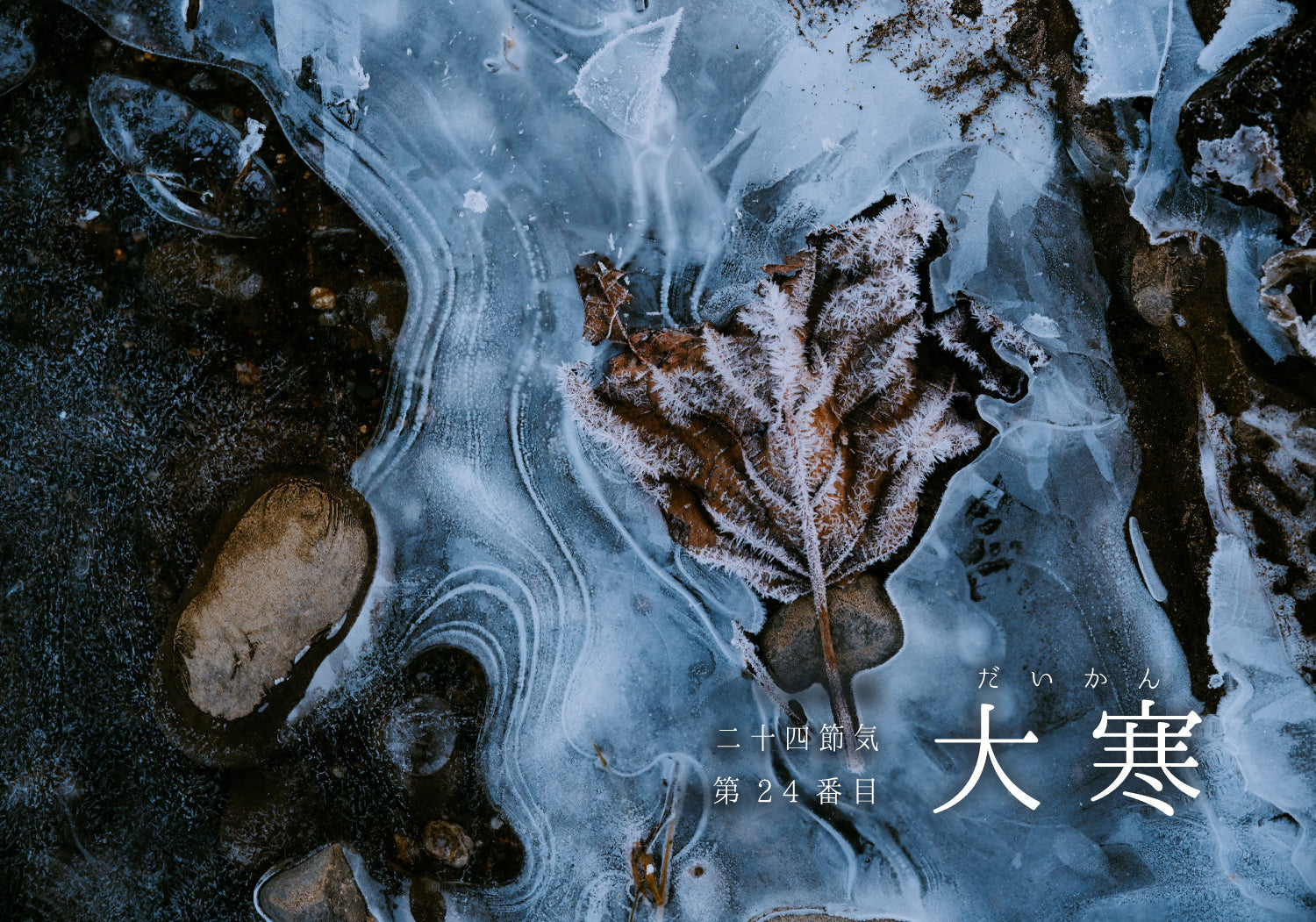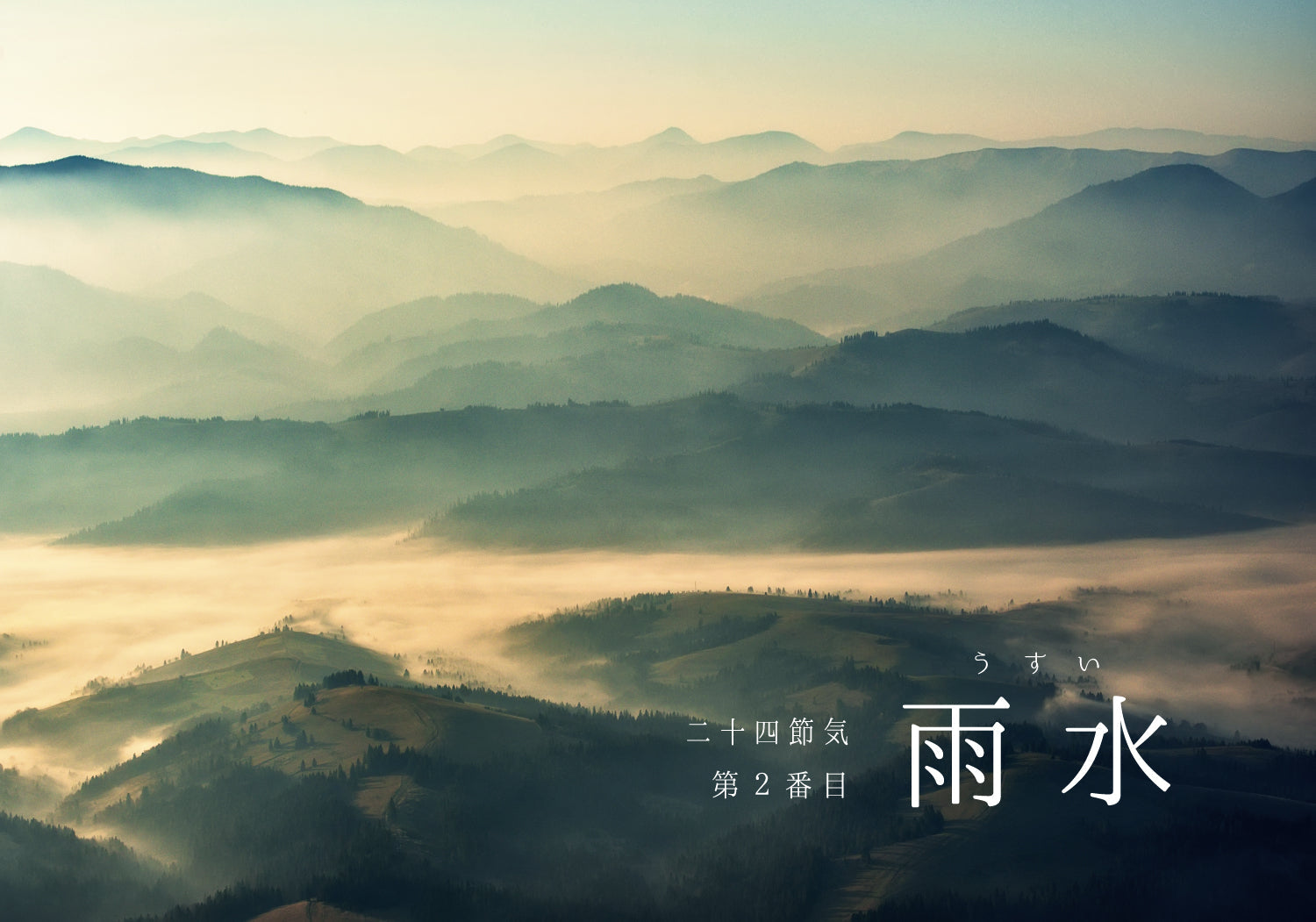24 solar terms, number 9 [Boshu]
The time of year when grain seeds such as rice and wheat are sown.
Small seedlings are planted in the rice fields, and the number of rainy days gradually increases as the rainy season begins across the country.
The word "mangshu" comes from the time when the seeds of plants with awns are sown. Awns refer to the needle-like projections at the tips of grass ears, and this time has been used as a guide for harvesting wheat and planting rice.
Around the time of [Mangzhong], the 72 seasonal divisions are recorded as follows:
What are the 72 seasons?
Natural phenomena and the behavior of plants and animals at each point in time are expressed in short words, and the seasons are divided into short five-day intervals, allowing you to feel the changing of the seasons in more detail.
It can also be an opportunity to suddenly notice seasonal changes in your daily life.
25th Season: First Season [Mantis Birth]

In early summer, the eggs laid during the fall are hatched by praying mantis larvae. Praying mantises are a blessing because they do not harm humans, do not attack rice or vegetables, and catch pests.
The life of a praying mantis
It is said that one praying mantis egg sac contains 200 to 300 eggs, and of the 200 eggs that are born, only about 2 to 5 will successfully reach adulthood.
The reason for dying is
1. Attack from natural enemies
Their natural enemies are mainly birds, spiders, bees, reptiles such as lizards, and praying mantises. In their juvenile stages, they are also weak to heat.
2. Starving to death
Most baby praying mantises are unable to catch food and die in their infancy. As a result, praying mantises often engage in cannibalism. It is said that in their infancy, they eat their siblings, and females eat males. The proliferation of offspring in the natural world may seem brutal to humans, but it is a kind of law of nature.
3. Failure to molt or emerge
Praying mantises are known as a relatively common insect, but many people may not know that the mantises we often see around this time of year actually only make up 1% of the remaining species.
26th Season: Next Season [Rotten Grass Becomes Fireflies]

The time when fireflies fly around, shining light in the darkness.
Although their numbers have declined significantly due to changes in the natural environment, particularly river improvements and pollution, the spraying of pesticides, and a decline in the snails and shellfish that serve as their food, fireflies remain an indispensable feature of summer in Japan.
The sight of soft, beautiful lights dancing among the murmuring of a stream on a dark night is a mystical one. It is a typical scene associated with the four seasons in Japan, and the light of fireflies has often been used as a "signal of love" in romantic scenes in songs and stories since the Heian period. The floating appearance of fireflies is often likened to a soul separated from the body, or to the burning passion of love.
It is said that about 40 species of fireflies live in areas south of Honshu in Japan, and Japanese fireflies (Genji fireflies) hatch around May to June. Fireflies are very delicate creatures, and efforts are being made throughout the country to protect them.
We ask that you continue to watch over us quietly so that we can continue to enjoy Japan's beautiful scenery in the future.
27th Season, Last Season [Plum Yellow]

The rainy season marks the time for plum harvesting.
At first, the bright green plums slowly ripen and turn yellow. It is said that plums were first introduced to Japan in the 3rd century. It was during the Kamakura period that they began to be widely eaten. Umeboshi can be used as an emergency food or a portable food, and they have excellent preservation properties, making them an indispensable part of the Japanese diet.





